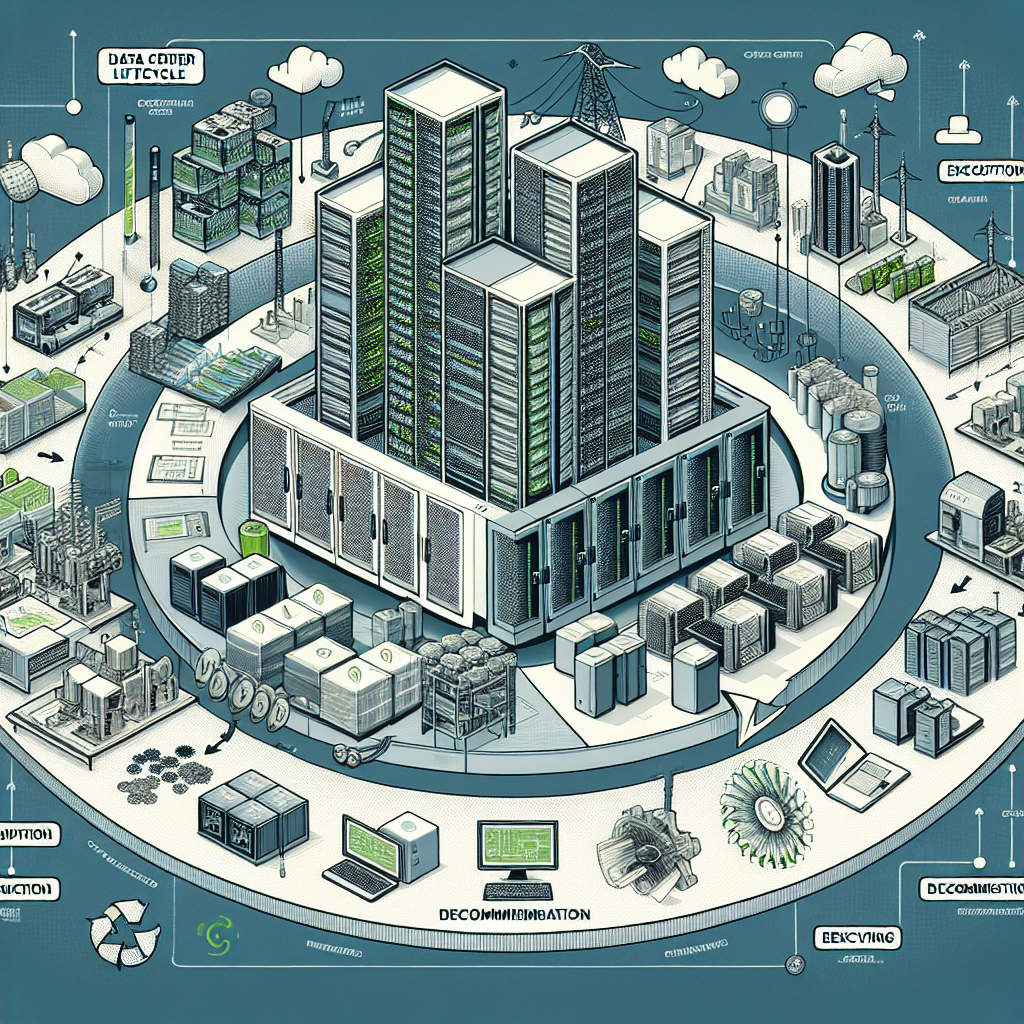Your cart is currently empty!
From Planning to Decommissioning: A Holistic Approach to Data Center Lifecycle Management

Data centers are crucial components of modern businesses, serving as the backbone for storing and processing data critical to daily operations. However, managing a data center throughout its lifecycle, from planning to decommissioning, can be a complex and challenging task. To ensure the efficient and effective management of data centers, a holistic approach to lifecycle management is essential.
The lifecycle of a data center typically consists of four main stages: planning, design and construction, operation and maintenance, and decommissioning. Each stage requires careful consideration and planning to ensure the data center meets the needs of the organization while minimizing costs and maximizing efficiency.
During the planning stage, organizations must carefully assess their current and future data storage and processing needs. This involves conducting a thorough analysis of data center requirements, including power and cooling requirements, space constraints, and security considerations. By taking a holistic approach to planning, organizations can ensure that their data center will be able to meet their evolving needs and adapt to new technologies and trends.
Once the planning stage is complete, organizations can move on to the design and construction phase. This stage involves selecting the appropriate technology and equipment, as well as designing the layout and infrastructure of the data center. By carefully considering factors such as energy efficiency, scalability, and redundancy, organizations can ensure that their data center is built to last and can accommodate future growth.
After the data center is built and operational, organizations must focus on the operation and maintenance phase. This stage involves monitoring and managing the performance of the data center, as well as conducting regular maintenance and upgrades to ensure optimal performance. By implementing best practices for data center management, organizations can minimize downtime, reduce energy costs, and extend the lifespan of their data center.
Finally, when the time comes to decommission a data center, organizations must carefully plan and execute the process to ensure data is securely and safely transferred or disposed of. This involves removing all hardware and equipment, as well as securely wiping or destroying data to prevent any security breaches. By taking a holistic approach to decommissioning, organizations can ensure a smooth and efficient transition to a new data center or cloud-based solution.
In conclusion, managing a data center throughout its lifecycle requires a holistic approach that considers all stages of the process, from planning to decommissioning. By carefully planning and executing each stage of the lifecycle, organizations can ensure that their data center remains efficient, secure, and cost-effective. By investing in proper lifecycle management, organizations can maximize the value of their data center and support the long-term success of their business.

Leave a Reply